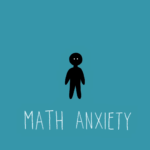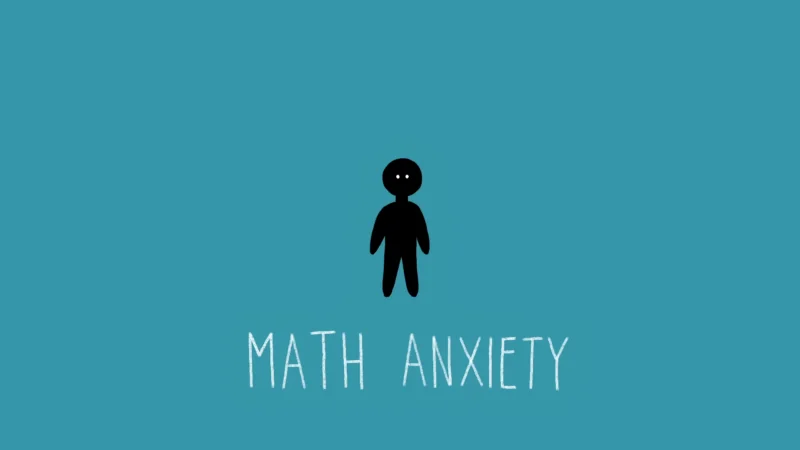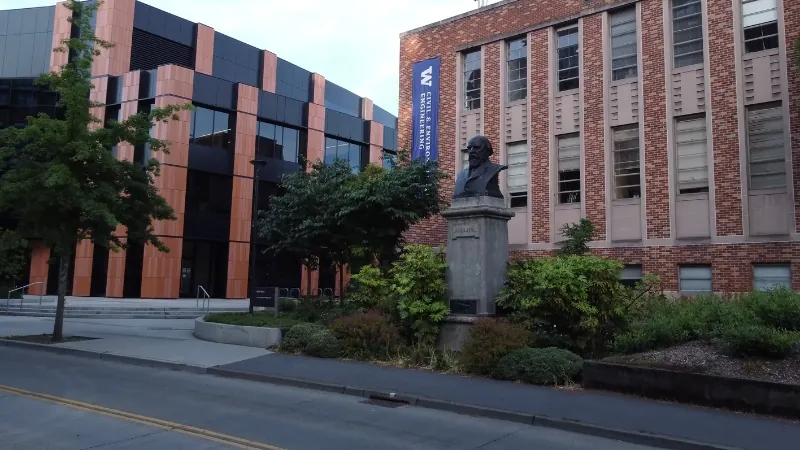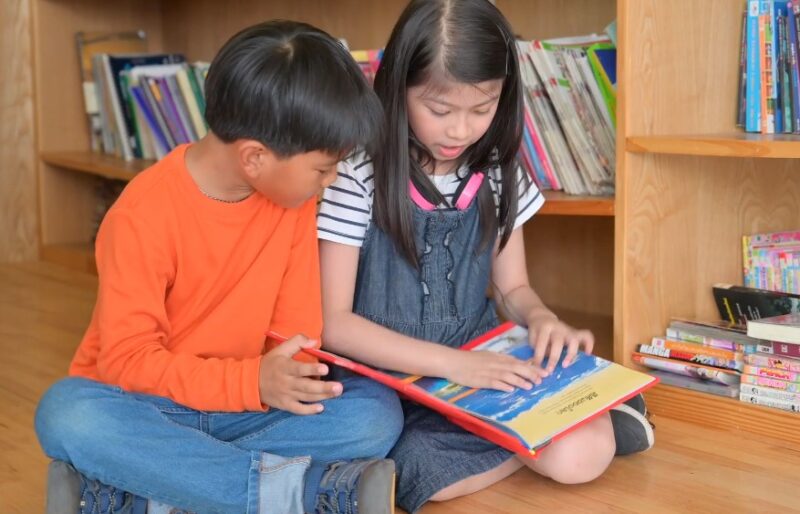
Share Post:
Ever notice how kids seem to learn faster when they’re working together? Maybe you’ve seen them huddled around a computer, each contributing ideas during a group project, or exchanging tips on a new game they’ve discovered.
In those moments, something fascinating is happening. They’re not just picking up random bits of information—they’re actively connecting with others to build and share knowledge. This kind of learning is at the heart of connectivism, a theory proposed by George Siemens and Stephen Downes back in 2005.
But what makes connectivism different from the ways we traditionally think about learning? In a nutshell, it’s the idea that knowledge isn’t just something inside our heads. Instead, it lives in the connections we make with people, resources, and technologies.
The process of learning is social, interactive, and spread across networks of information. Let’s talk about how connectivism plays out, especially for kids growing up in the digital age.
Learning Through Connection

When we think of learning, it’s easy to imagine someone sitting alone with a book or computer, but that’s only part of the story.
In connectivism, learning is about connecting specialized “nodes”—which can be ideas, people, databases, or technologies. The more connections kids make, the better they learn.
Kids Learn by Talking to Each Other
Group discussions in the classroom aren’t just about getting a grade; they’re opportunities for kids to share knowledge, challenge ideas, and refine their thinking. It’s why working together often leads to those “lightbulb” moments.
Technology Helps Build Bigger Networks
Thanks to the internet, kids can now connect with a global community. They can learn from experts in other countries, ask questions in online forums, or follow their favorite educational YouTubers. Suddenly, learning isn’t limited to the classroom—it’s part of a worldwide web of ideas.
The exciting part? Each new connection can lead to deeper insights and new ways of thinking.
However, despite these opportunities, many students still struggle with mathematics due to learning anxiety, lack of foundational skills, and abstract concepts. Learn more about why math is so hard and how different learning approaches can help overcome these challenges.
Knowledge Outside the Individual

One of the most interesting things about connectivism is the idea that knowledge exists outside of us. That may sound strange at first, but think about how much of what we learn comes from external sources.
Let’s say a group of students is working on a project about space exploration. They might:
- Pull up articles from NASA’s website
- Watch videos explaining rocket science
- Use a simulation app to design their own spacecraft
None of that knowledge came from their heads—it came from their ability to access, synthesize, and share external resources. In this way, kids become part of a learning network, where they contribute to and benefit from a pool of shared knowledge.
The Role of Technology
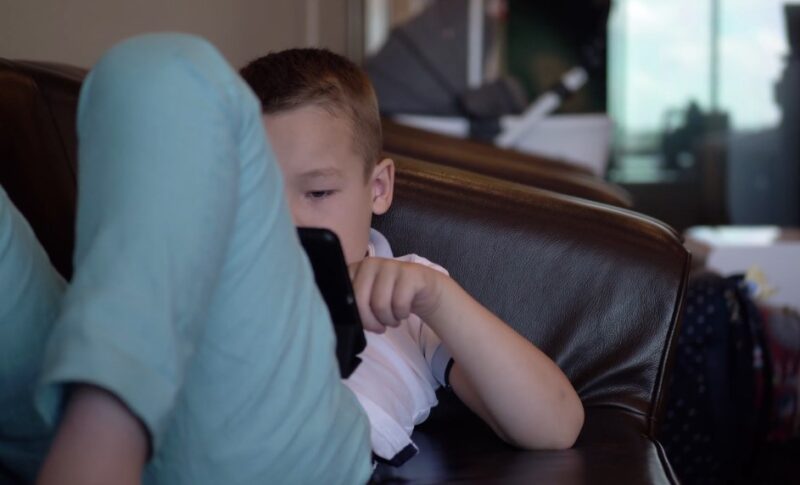
Kids today have access to more learning tools than any generation before them. Whether they’re learning about math, history, or coding, they don’t have to rely solely on textbooks and lectures. Technology opens up a world of possibilities.
Online Learning Communities
Ever noticed how kids turn to YouTube or Reddit to figure things out? Maybe they want to learn how to solve a tricky math problem or need help understanding a science concept.
These platforms allow kids to ask questions, get feedback, and connect with others who are passionate about the same topics. It’s a learning experience that’s collaborative and ongoing.
- Online forums and discussion boards: Kids can join communities where they share their experiences and learn from others. This kind of collaborative problem-solving is a great example of connectivism at work.
- Global classrooms: Some students participate in global learning platforms like Coursera or Khan Academy, where they can connect with learners from different parts of the world. This creates a rich, diverse learning environment.
Collaborative Tools and Platforms
Then there’s the magic of collaborative platforms like Google Docs or Zoom. These tools allow students to work together in real-time, even if they’re miles apart.
They can brainstorm ideas, work on presentations, and even give each other feedback. The best part? Everyone brings something unique to the table, making the final product richer and more complex.
- Sharing insights and ideas: Working together in a shared space, students challenge each other’s thinking, refine their ideas, and co-create knowledge.
Real-World Examples of Connectivism
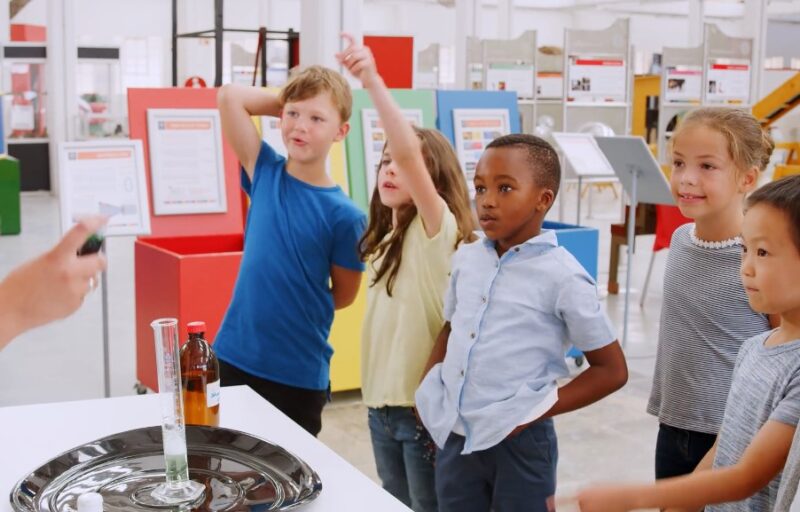
Connectivism doesn’t just live in theory. We see it in action every day, especially in schools that emphasize group work and collaboration.
Classroom Discussions and Peer Collaboration
Group projects are a staple in many classrooms, and for good reason. When kids work together to develop presentations or solve problems, they’re learning more than just the subject matter—they’re learning how to communicate effectively, share knowledge, and think critically.
Group Science Experiments
Picture a group of students working on a science experiment. One student might suggest a hypothesis, while another brings up a method to test it.
They might debate results, go back to the drawing board, and try again. Through this collaborative process, they gain a deeper understanding of the scientific method.
Social Media and Online Learning
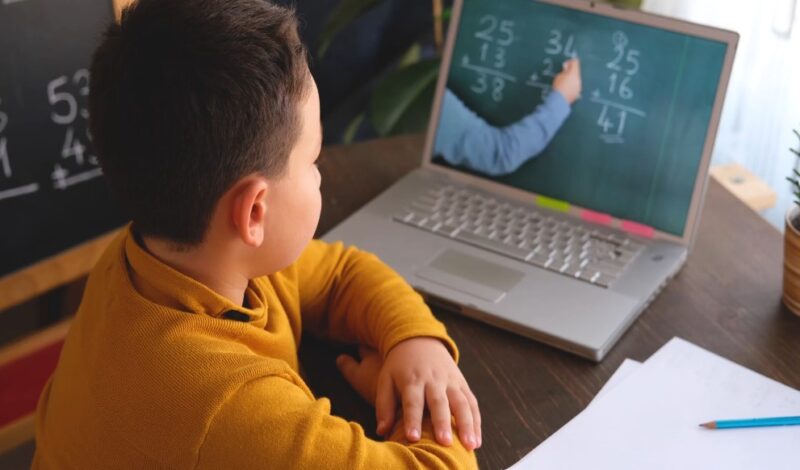
Kids are also learning outside of the classroom in ways that might surprise you. Platforms like YouTube, Reddit, and TikTok have become informal learning spaces where kids share tips, tricks, and tutorials.
Whether it’s coding, art, or music, the sharing of knowledge on social media reflects the principles of connectivism.
Example
A child passionate about coding might watch tutorials on YouTube, join a Reddit community for advice, and collaborate on projects with peers. All of these connections enrich their learning experience.
The Heart of Learning
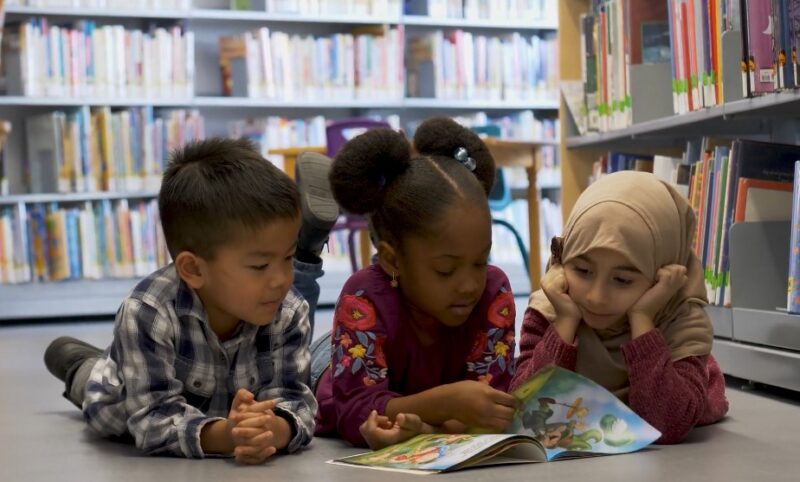
At its core, connectivism is about relationships. Kids learn best when they feel connected—whether that’s to their peers, teachers, or mentors.
These relationships foster a supportive environment where curiosity is encouraged, and questions are welcome.
Peer-to-Peer Learning
Sometimes the best way for a kid to learn is by teaching someone else. When kids explain concepts to each other, they reinforce their own knowledge and make sense of difficult ideas.
Plus, they’re often more comfortable learning from their peers, who can explain things in ways that feel more relatable. Also, kids are big fans of microlearning, which is another way to share ideas.
Mentorship and Guidance
Teachers, mentors, and older students also play a crucial role in connectivist learning. By sharing experiences and providing guidance, they help kids navigate through challenging topics.
Connectivism and Education
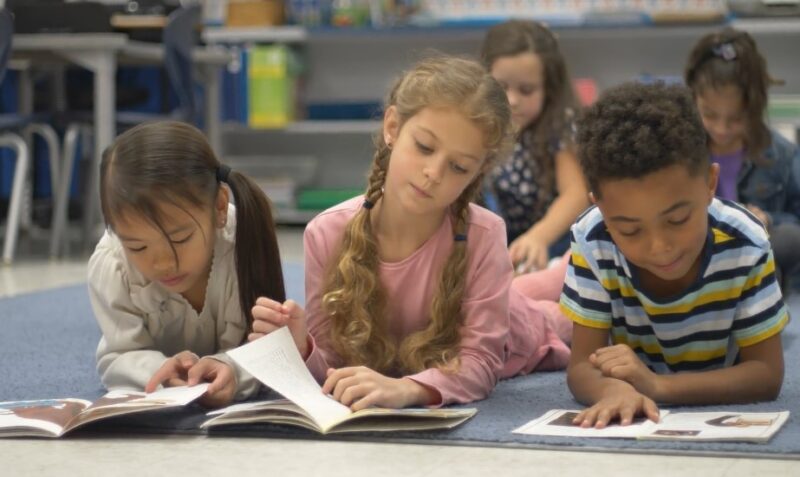
As we continue to move into the digital age, it’s clear that connectivism will play an even bigger role in how we educate children.
Traditional models of learning, where teachers deliver knowledge and students passively absorb it, are giving way to more dynamic, interactive methods.
Global Learning Communities
Kids can now learn from experts anywhere in the world. Platforms like Khan Academy and Coursera make it possible for students to connect with a wide range of perspectives and expertise, helping them build a more nuanced view of the world.
Project-Based Learning
Project-based learning is another area where connectivism thrives. Students work together to tackle real-world problems, drawing on each other’s strengths to come up with solutions.
This type of learning requires collaboration, critical thinking, and the ability to make connections between different subjects.
Building Personal Learning Networks
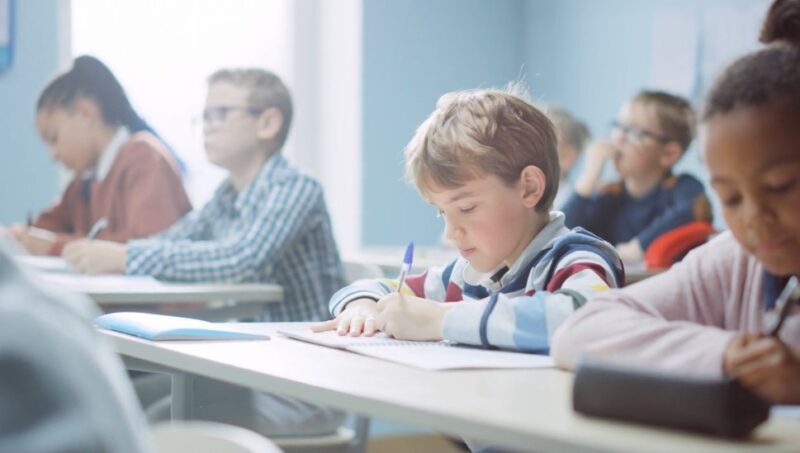
In a connectivist world, kids are encouraged to build their own personal learning networks (PLNs). These networks could include classmates, teachers, online resources, or even experts from different fields.
Wrapping Up
Connectivism shows us that learning is not a solitary act. It’s a dynamic process that happens through connections—with people, technologies, and information. Kids today are growing up in a world where they can access, share, and build knowledge like never before.
And by learning together, they’re not only mastering new skills, but also developing the ability to think critically, collaborate, and create. It’s a powerful way to learn—and a powerful way to live.




